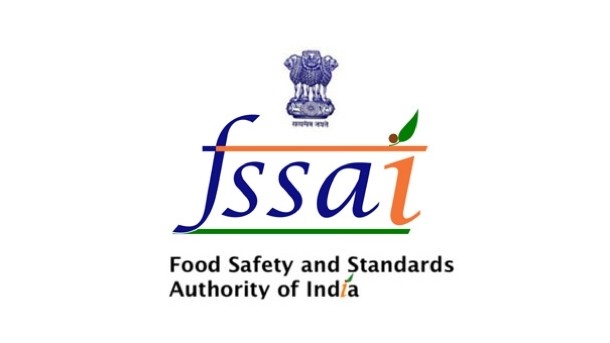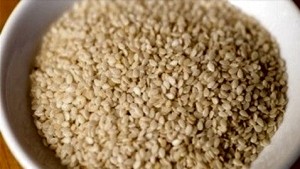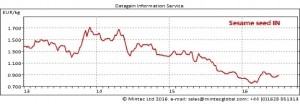South Asia radius
FSSAI’s emphasis has shifted over decade since Food Standards Act

Mandhavi Das, the FSSAI’s chief management services officer, said that it was “not possible for the regulator alone to ensure people's safety”.
“Perhaps the industry needs certain amount of regulation and standards for food safety, and consumers also should be equally participant in the entire process.'
''We need a structure and systematic base where we have greater sharing and structure where we can talk to each other before things go out of control,'' she said.
Speaking at an international seminar on wheat products, Das said that the FSSAI relied on an institutional system which lays down standards based on science, though its responsibilities have changed significantly over the decade since the regulator established the Food Standards Act.
''There is responsible system of science behind every standard we have,” she said. “Our focus has been to move from prevention of food adulteration to holistic food safety. The mandate increased considerably. [In the past], whatever acts were available were adopted in FSSI. But now a lot of work has gone into it, a lot of new standards have come into place.”
She said that the regulator is now much more involved in outreach and raising greater awareness on various aspects of food safety. It has been reaching out to consumer groups to communicated with specific targets like housewives and schoolchildren.
“We are moving moving our focus from food products to processes. We have set up Food Safety and Management Standard, where the idea is to lay out standard for general manufacturing and hygienic practices. We are creating display boards which we would request all our industry partners to display at their outlets,'' Das said.
More stories from India…
Dairy packaging major increases production in Punjab
A border town in Punjab has played host to the opening of a Rs1bn (US$14.9m) fully-integrated aseptic beverage manufacturing facility.
The plant at the International Mega Food Park in Fazilka, Punjab, will be the second to be operated by Schreiber Dynamic Dairies, with support from Tetra Pak.
“India’s market for aseptic beverages is showing exponential growth, but there still is a lot of untapped potential,” said Francois Salamon, president of Schreiber International, the American dairy giant.
“This along with the government’s support in developing food parks has given us the impetus to invest in a second facility. We are confident that with Tetra Pak we will continue to build strong relationships with beverage manufacturers, as we have in the past, to offer consumers safe and high quality products.”
In 2004, Schreiber Foods acquired 51% stake in Dynamix Dairies to form Schreiber Dynamix Dairies.
It is India's first dedicated contract packer for foods and beverages in Tetra Pak cartons to partner leading food and beverage players like PepsiCo, Nestle, Danone, Britannia and Hector Beverages.
Aseptic beverages offer products with lengthy shelf-lives without the need for refrigeration or preservatives. Currently, brands like Tropicana, Nestle and Paper Boat are processed and packed in SDDPL's plant at Baramati, Maharashtra.
“With our existing plant at Baramati running at full capacity, this new integrated facility not only increases our production capabilities, but also gives us a geographical advantage to cater to consumers in North India who account for 50% of the country’s aseptic beverage consumption,” said Amitabha Ray, managing director of Schreiber’s Indian joint-venture.
“We are proud to extend our 20-year partnership with Tetra Pak, that has allowed us to offer end-to-end solutions to our customers. With growth of over 23% over last year in contract packaging, we are confident that this new facility in Punjab will provide an exciting opportunity for more companies to enter this sunshine sector,” he added.
Sesame prices and production in the doldrums
A local decline in production has seen Indian sesame seed prices rising 17% since lows in March this year. Prices are currently up 11% since the beginning of the year, yet still remain down 20% year on year.
According to commodities analyst Mintec, a steady decrease in prices since 2013 has resulted in lower sowing this year, with farmers expected to harvest around 15,000 tonnes of sesame seed.
This year’s production is significantly below last year, when an estimated 45,000 tonnes were produced following favourable weather conditions combined with increased planted area.
In addition to lower acreage this year, high temperatures and a scarcity of rain are believed to have damaged the crop. As a result, a drop in quality is expected this year, which is likely to further impact on volumes available for export.










